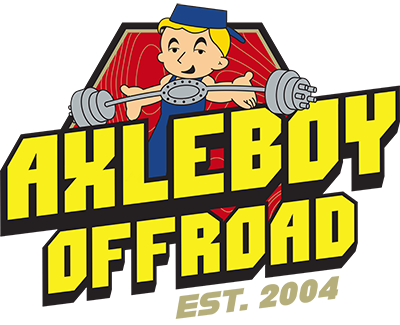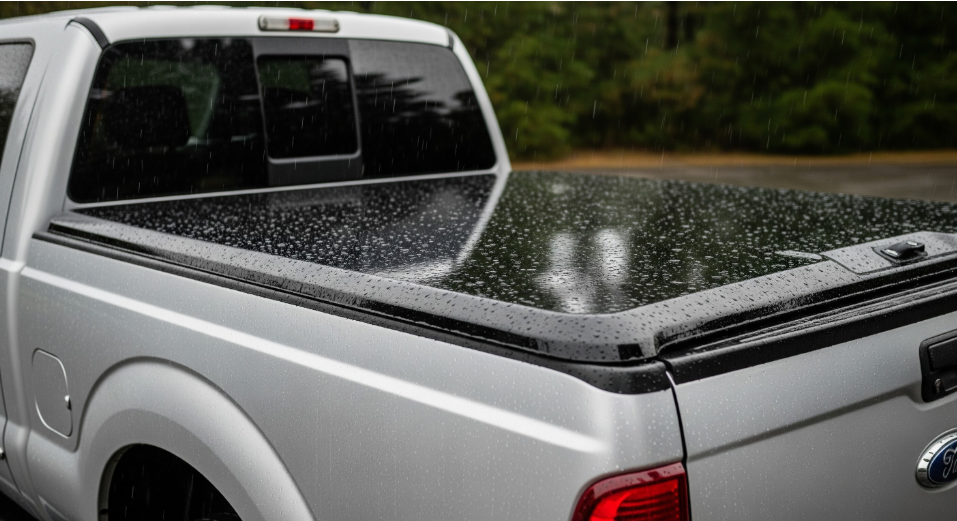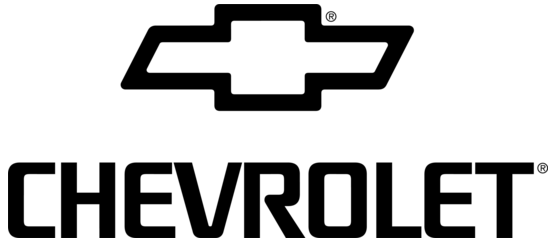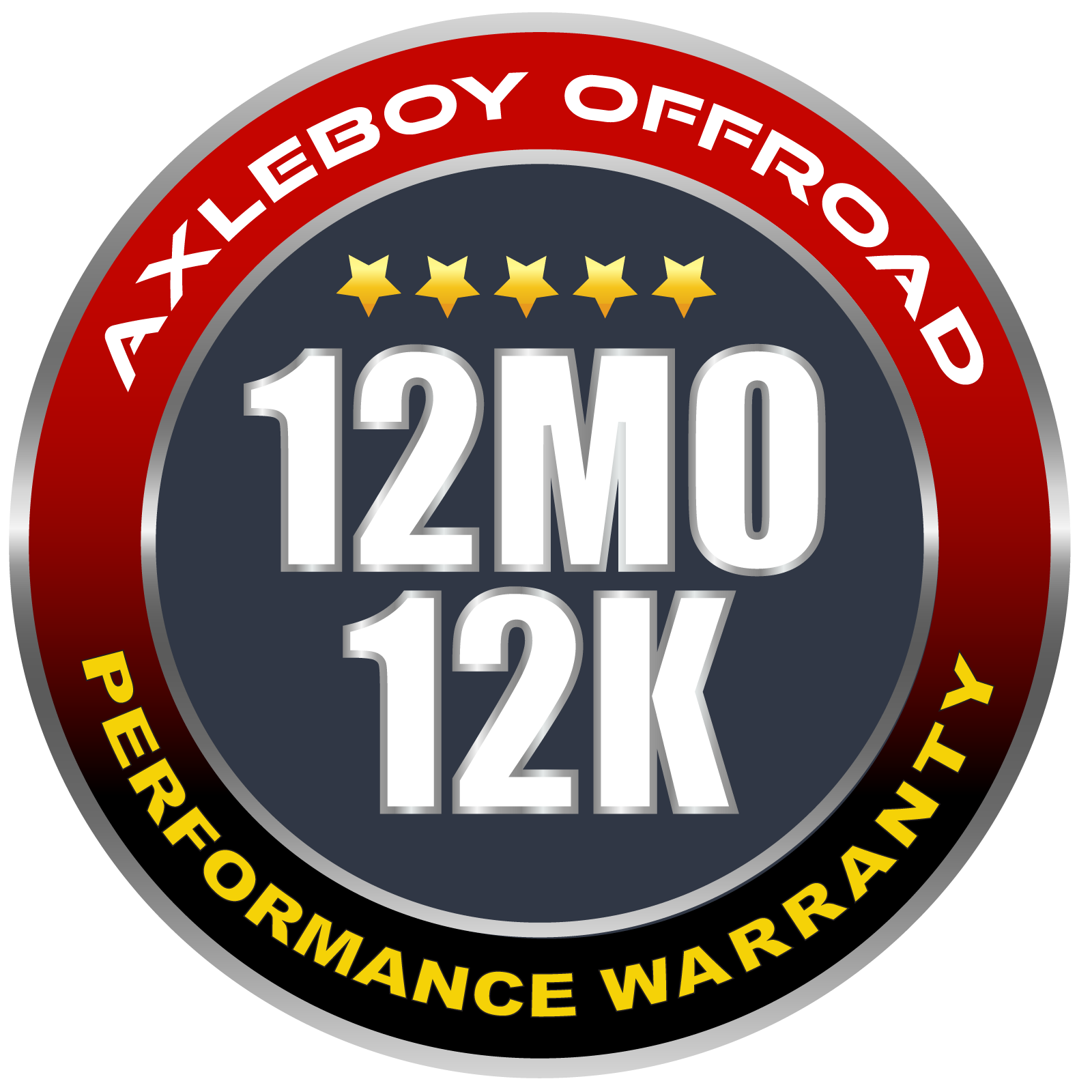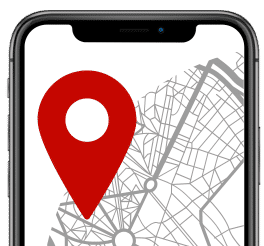Jeep Gladiator Custom Build Part 2 Inside
Scott Carline • January 21, 2020
.So we've got the 2020 Gladiator up on the rack here Scott's shop, Axleboy Off Road. Scott, tell us about what we're looking at here with a bone stock Gladiator.
Yeah, absolutely. Moving up here to the front, we've got front and rear differentials. We've got those 3:21 gears we talked about inside here, and what that means is it means that this driveshaft turns 3.21 times to one revolution of a tire. That's what that means. As we put the bigger tires on, we're going to increase circumference, so that actually is going to make ... the vehicle is going to travel further, if you will, with the same amount of turns on the driveshaft. That's what brings the RPMs down. So we're going to re-gear that to 4:88s. That's going to be in the front and rear differential then.
We're going to be changing out some components with the lift kit. We're going to do an adjustable track bar. Stock track bar's here. As we lift this vehicle up, this track bar is going to swing the axle over to the driver's side, so we're going to want to recenter that. We're going to do that with an adjustable track bar. We're going to put in heavy duty shocks and a steering stabilizer. Get the ride quality where we want it, get it handling good. Variable rate springs, extended sway bar links with disconnects for when we go off road and we need more articulation.
We're going to be changing the lower control arms here. As we lift this, the same thing. The geometry swings the axle back. We roll caster out. Caster's the critical angle and caster's one of the alignment angles that helps us keep the Jeep driving straight down the highway. Gives it a sense of direction, if you will. So we're going to put extended length adjustable control arms on it. We're going to use the new TeraFlex IR arms. That's independent rotation, meaning that the center sleeve inside the bushing isn't captive like traditional bushing control arms. It actually has a bearing surface that allows it to freely turn. That keeps us from having torsional binding and it keeps us from wearing out the bushings as the suspension goes through its travel.
We have reasonable skid plate protection on this vehicle from the factory and I think for the purposes that we're doing, I don't know that we're going to need to make modifications here. I think if we were going to do more hardcore off road and get into the rocks, we would definitely want some heavier plates, but I think for what we're doing with our camping, fishing, outdoors type items, I think this is going to be ample protection, so not a whole lot we're going to worry about here.
Moving back, we have a multi piece driveshaft with a carrier bearing. That's what helps us deal with the additional wheelbase that the Gladiator has. Keeps the drive line angles in check and it gives us a little bit better clearance under here. If we had a one piece drive shaft, all this would be down and be accessible. This gives us a lot of protection here. Keeps everything smooth.
Moving back, the new Gladiator's suspension has longer control arms in the rear. It's set up for carrying a load. We've got factory multi-rate planes. We're going to keep those so we don't lose any carrying capacity with our new suspension. Rear differential, same thing. We're going to be doing those 4:88s. Other than that ...
Tell me about this spare tire.
Yeah. So the underside of this vehicle is where the spare tire is mounted. Now that's something kind of new for Jeeps. For years we've just had them on the tailgate. To keep the utility in check on this, we can't really do that. So this does have an underbed mounted spare. Now we can fit up to a 37 inch tire under here and that's another reason why we're stopping our tire size there. We want this to be a usable vehicle, and again, when we're out there in the back, then we're in the middle of nowhere, if we have a flat, we need to be prepared to deal with it. We need a spare tire. So that's one of the reasons we're going to stay with that 37 inch tire.
So let me ask you a dumb question. If you had 37 inch tires and one went flat, could you get by with this tiny tire or no?
No, you really couldn't. We've got a couple of things that could happen. If we have a limited slip differential or a locking differential, we would destroy it. You can't ... they're designed to allow the tires to turn at different speeds, but you can't turn them at different speeds to run down the highway.
So every tire needs to be the same size.
Yeah. We really ... in most of our modern four wheel drives, we'd really like to see all of our times, be within a quarter inch of circumference. So that's pretty tight. Anything other than that, we're going to get some bind or some drag.
Now you had mentioned when we ordered it that you suggest to getting the tow package, but I think it had something more to do with some of the other components, not just this hitch on the back.
That's correct. So we're going to be getting the factory connectors for the trailer hitch wiring, the four pin and the seven pin connectors. We're going to get the factory hitch and usually we get some things like additional cooling systems and gear ratios and things like that.
So the things that come with that package also serve to better accommodate some of the modifications we're going to put on the suspension.
Absolutely.
Great.
One of the first pieces I think we need to look at and talk about is we've talked about the high clearance fenders. We talked a little bit about tires. So this one's an example of a mud tire. We probably want to steer away from this with what we're doing. This high clearance fender here, if you look at and notice how tucked up and how tight and up to the top it is compared to the big thick flares that are on it from the factory with the inner splash shields, we're going to get a lot more tire clearance that way. That's going to allow us to keep this thing as low as possible, but get the biggest tire that we can, okay, so that's one important feature.
Now these are the GenRight flares, so they're made out of aluminum. We're going to control our weight and then we're going to get a lot of strength out of that as well.
What about the splash guards on the inside? Do they stay or do these come with it?
Splash guards on the inside are going to go, and then we're going to get new aluminum ones for the front.
Okay.
As far as the back goes, we're really not going to need that. If we want to color them black to keep them the same, then we're going to do like a bedliner material in there that'll help protect it and seal it up.
As far as the sides of it, we talked about the rock slide engineering steps and these are power. They fold down, they take a good beating and they protect the body.
And that'll install right here where there's nothing.
Yeah. Yeah. Flare to flare is where they go. They're bolt on and then if we do decide that we're going to pull the doors off it or something at some point there's also a bypass switch where you can control them manually and keep them from going down so we're not-
So how does it know when to come down, the steps?
So it's going to work off the factory door ajar system on that, but we can put in this bypass switch which will allow us to control it manually, as well, so that way we get the best of both worlds.
We talked about the stubby bumper and then maybe something like this. This is, again, this is a GenRight off road. It's a narrow bumper, so we're going to have better approach to our tires to get them up on obstacles and keep from smashing the bumper into things. Again, it's aluminum, it's lightweight, it's strong, keeps everything well protected.
We're going to need a recovery winch in there and we're going to have some good recovery points that we can put in D-rings and that we can even flat tow from if we want to. So we're kind of going to get the best of both worlds, but we're going to have it in a small, compact, lightweight aluminum package. GenRight's all made in the U.S., over in California, so really good products.
What were you thinking style-wise for the replacement-
For the wheels?
... wheels.
Yeah, so I think we're going to do a 17 inch mostly because it's common. Tire prices are relatively inexpensive and we have a lot of choices. I don't see a reason for a larger wheel than that for this project. At that point, it's pretty much going to be up to you. We're going to try to stick with something that has a broad flange on it that protects the rim from rubbing up against things and keeps it from, you know, if you have a real narrow, fragile lip, it's easy to damage, right? So we're going to want something a little bit thicker there that can take a pretty good hit. I would imagine we're going to look at XD Fuel, Moto Metal.
Cosmetically I'm thinking something in like a matte black.
Yeah, a matte black is going to set up and work well with the sliders and that sort of thing. As far as the ... we talked about the tires and I think that one of the hybrid tires like the the Falken WildPeak 18 3W, that's a fairly aggressive all-terrain. It has nice calm centers. It's quiet on the highway. 50,000 mile plus tire. The lugs on the outside and then a very unique double wrap sidewall that protects it from any puncture damage on the side.
So suspension modifications is one of the things that you and I talked about a lot and so we're going to have some unique challenges with this vehicle. We're going to have additional weight in the back. So we're going to have a crack, we're going to have a tent. We're going to have maybe bicycles, camping gears, kayaks, all these different things.
Cooler.
Yes, not to mention the added weight of a larger spare tire and items like that and the armor that we're going to add and things like that. So one thing we're going to have to take into consideration is how is this vehicle going to handle with the additional weight and so we're going to need a shock absorber that really just ... technology well beyond what the factory has to offer. I think we're going to use the Falcon shocks. These are handmade up in Utah. Parent company is TeraFlex. Great, great product. This is a monotube shock and what that means is there's a single cylinder in here. We have an internal floating piston as well as the piston that's attached to the rod. Now the advantage of this shock is going to be that the shock oil and the nitrogen aren't mixed together at all so we aren't going to aerate the shock oil like we would in a twin tube shock.
Now where this becomes important is in a vehicle like this that we know we're going to be doing some serious gravel roads and washboard. As the shock starts moving faster and faster, our twin tube shocks that you have from the factory, they're going to aerate, we're going to experience what's called shock fade. So the faster that shock works, the hotter it gets, the more aerated the fluid gets, the less control we have and the vehicle's going to bounce out of control. With a monotube shock, that can't happen. The fluid and the gas don't mix together and then as the temperature increases in the shock and the harder you work it, the higher the nitrogen charges, the more shock damping we have. So we're going to use something like this on here, I think.
So the performance of this actually would get better or stay the same if there was a lot of bouncing?
It's going to get better.
It actually gets better.
It'll actually get firmer on the rougher terrain.
Where the stock shock would ...
Yeah.
Performance would deteriorate.
Yes.
Putting all that stress on it.
We'll get dynamic handling out of this, okay. So it's going to be dynamic. It's going to change based on how hard we drive it versus the stock twin tube shock, it's going to be static so it's always going to provide the same dampening no matter what.
And then when the new tires and wheels are on here and the new fenders, we'll actually be able to see part of that, too.
Yeah, it's going to look amazing.
Cool.
This is obviously a really nice piece. Again, they're doing some pretty phenomenal things.
So that's it from here for today. We're going to be back in a couple of weeks and we're going to check in on the progress. By then we should have tires and wheels.
Yeah, we should have tires and wheels picked out and everything in there. Lift kit components should be here and you can actually unbox some of that. I would expect the body armor to be here by then, too, and we can start talking about that. Opening up boxes and seeing what we got.
All right, we'll come back soon. Thanks for watching.
So that's a look at what we have to work with. Our blank palette, if you will. In our next video, we're going to be unboxing and taking a closer look at some of the components that are going to be added to this Gladiator before we start putting them on. So make sure to click the subscribe button and follow us here on YouTube and as soon as that next video gets published, you can watch it right away and continue with us on this road to the ultimate 2020 Jeep Gladiator Axleboy Off Road build.
More Posts From Our Blog

Ford Truck Overlanding Upgrades in St. Louis – Build a Reliable, Adventure-Ready F-150 or Super Duty
Build an adventure-ready Ford truck with overlanding upgrades for storage, suspension, lighting, recovery, and power systems. Ideal for Missouri travel and trails.
